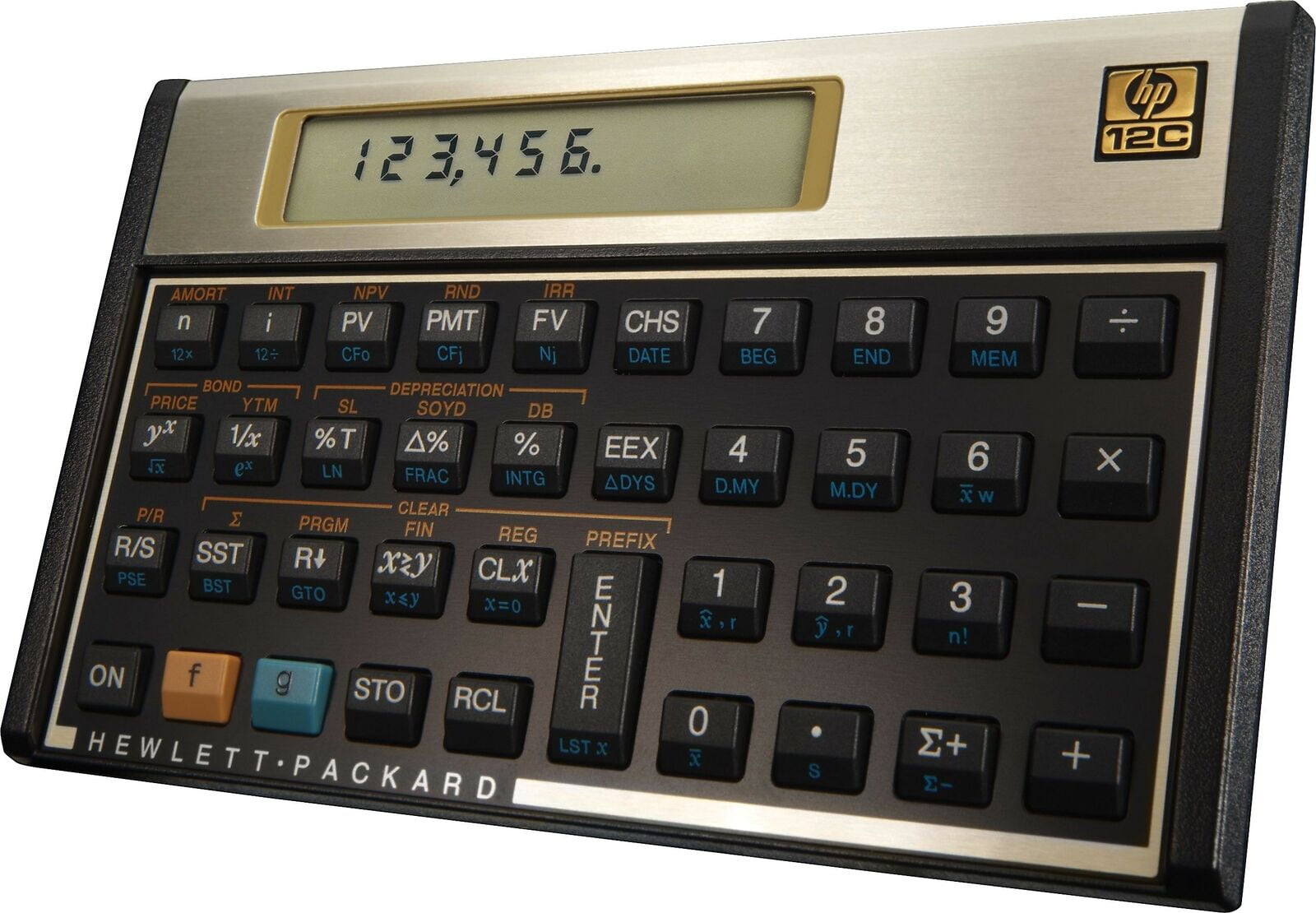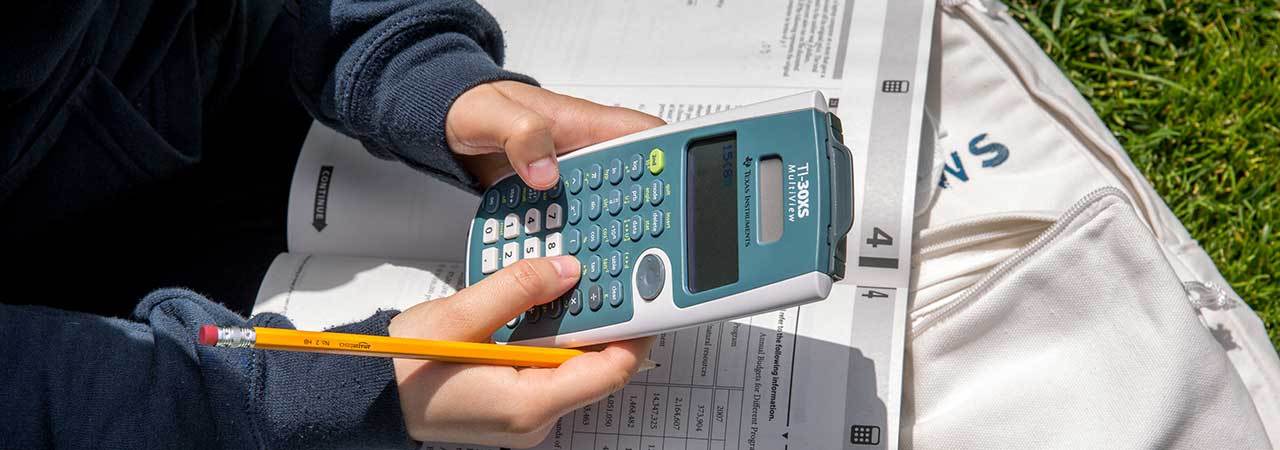
In direct-multiplication calculating machines, the operator had only to perform n operations when the multiplier was an n digit number. To multiply, say, by sixteen, one set the carriage at its rightmost position, turned the operating crank six times, shifted the carriage one position to the left, and turned the crank once. Nevertheless, they deserve our attention because they included some extremely interesting technical solutions and innovations and proved the great constructor imagination of the inventor.Īlmost all early calculating machines carried out multiplication as a form of repeated addition. There is no doubt, that Barbour’s machines were simply too advanced for the time (beginning of the 1870s), so they had not been commercialized and remained only on paper. Barbour seems to be one of the first people (after Johann Müller and Charles Babbage), who designed a printing mechanism for his mechanical calculator. patent №168080), not a direct-multiplication one, but with a more complex printing device.

Moreover, in 1875 he patented a new machine ( U.S. In his second patent, Barbour not only improved and simplified his first machine, but also provided a simple printing mechanism. In the same 1872 Barbour received also a patent in Great Britain (GR187202437), and in France (Brevet N☉6190). patents №130404 and №133188), describing a machine, which seems to be the first representative of so-called direct-multiplication devices.

In 1872, he took out two very interesting US patents for calculating devices (U.S. Edmund Dana Barbour (1841-1925), a businessman, philanthropist, and genealogist from Boston, Massachusetts, is a remarkable figure in the world of mechanical calculators.


 0 kommentar(er)
0 kommentar(er)
